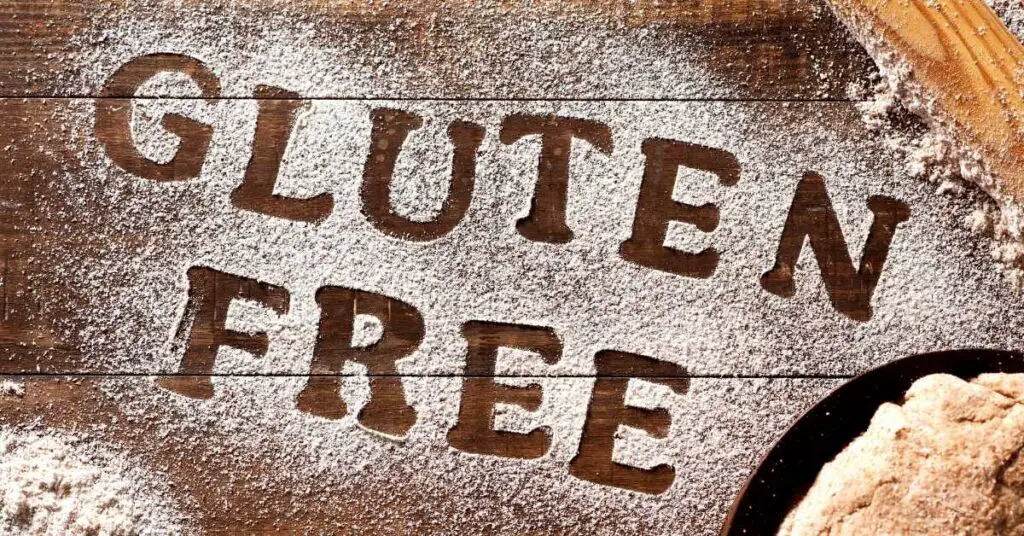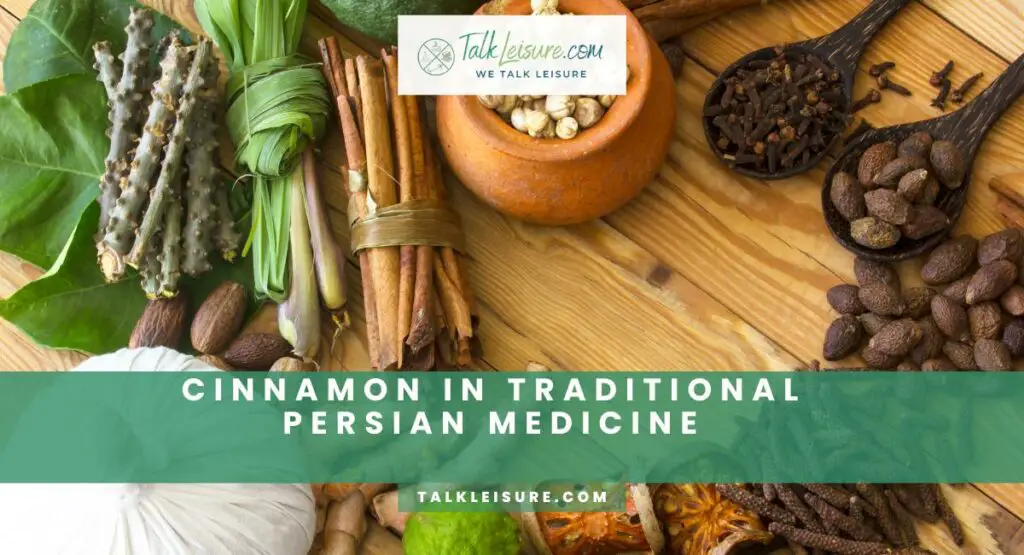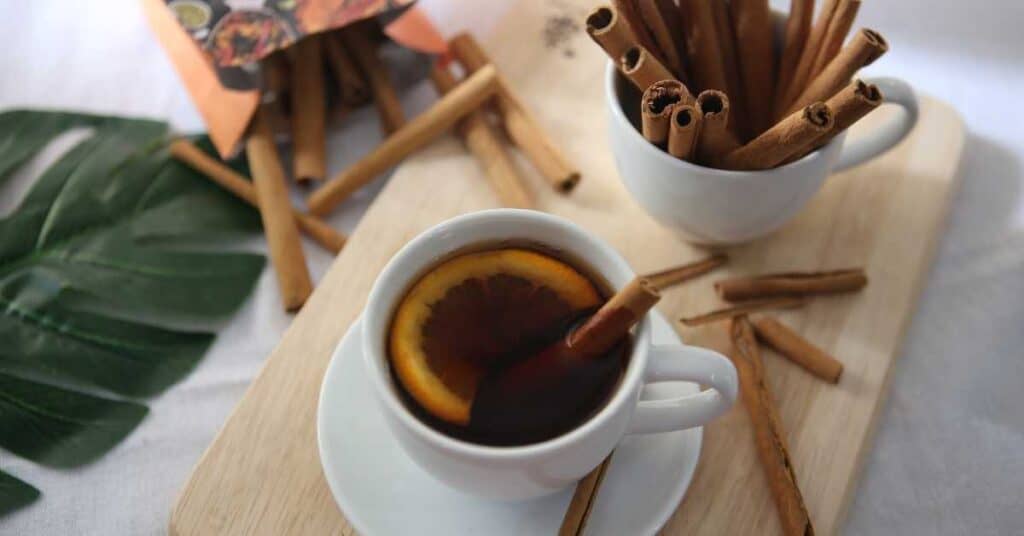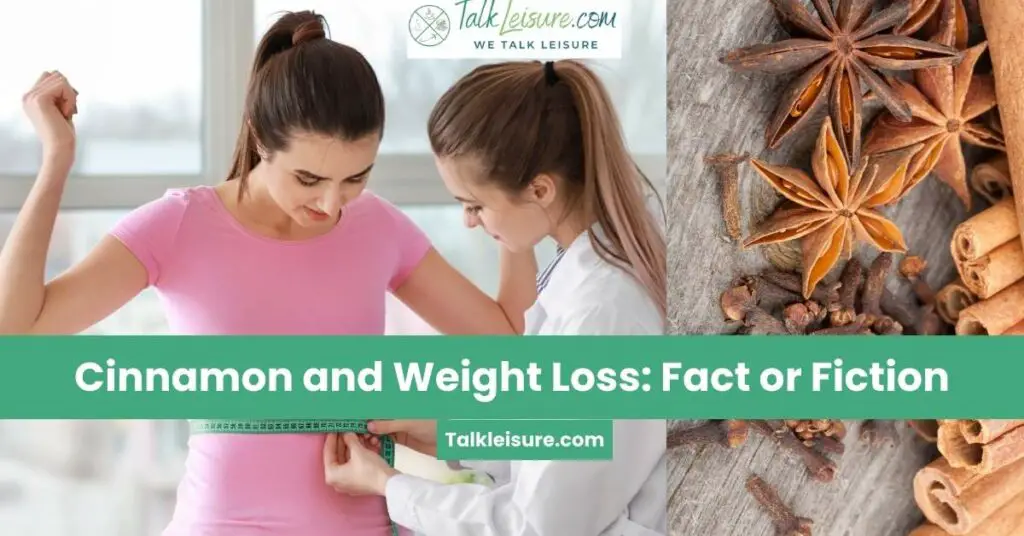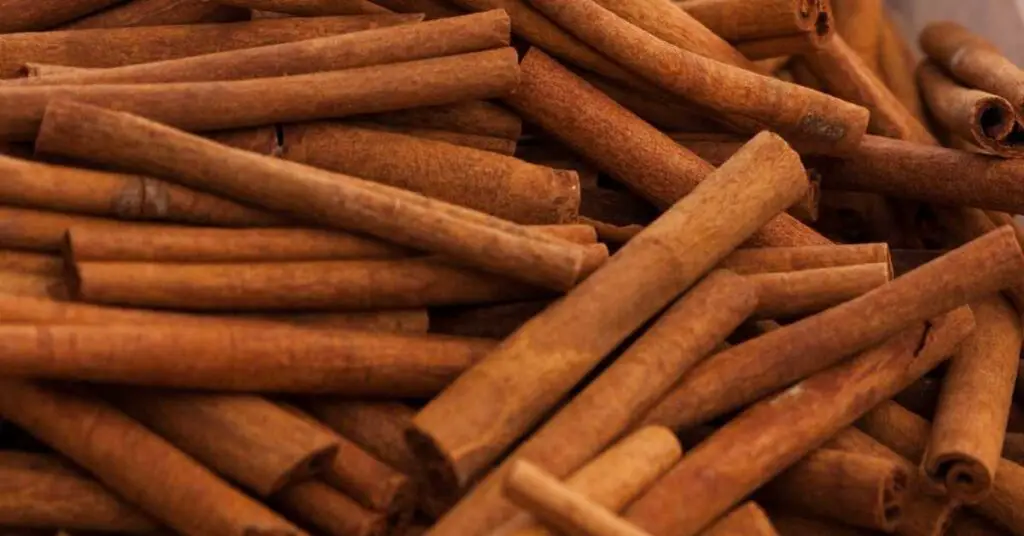This is a question that many people with gluten sensitivities or celiac disease ask. While most spices are gluten free, there are some that may be contaminated with gluten during processing. This is why it’s important to check labels carefully if you’re buying pre-ground spices. However, if you’re buying whole spices and grinding them yourself, you can be sure they’re 100% gluten free.
Yes, cinnamon is gluten free.
Cinnamon is a spice that is derived from the inner bark of trees in the genus Cinnamomum. These trees are native to countries like Sri Lanka, India, and Bangladesh. Cinnamon has been used in traditional medicine for centuries and is thought to have a range of health benefits. Though cinnamon comes from trees, the actual spice doesn’t contain any gluten. This means that it should be safe for people with celiac disease or other gluten-related disorders. So, if you’re looking for a delicious and warming spice to add to your food, cinnamon is a great choice. And, best of all, you can enjoy it without worrying about gluten!
How to tell if cinnamon is gluten-free
The best way to know for certain if a particular brand or type of cinnamon is gluten-free is to check the label. By law, manufacturers are required to disclose the presence of any gluten-containing ingredients, so if the label on a bottle of cinnamon says “gluten-free,” you can be confident that it meets that standard.
If there is no such designation, however, it’s still possible that the product is gluten-free. Some manufacturers voluntarily list their products as gluten-free even if they don’t have to, so it’s always worth checking. You can also contact the company directly to inquire about the product’s gluten status.
Finally, keep in mind that while most cinnamon is naturally gluten-free, there are some brands that add wheat flour or other gluten-containing ingredients, so always double-check before assuming that any given cinnamon is safe for those with celiac disease or a gluten intolerance.
How can you tell if a food contains gluten?
One of the best ways to tell if a food contains gluten is to check the ingredient list. If the food contains wheat, barley, or rye, it likely contains gluten. However, it’s important to note that ingredients can be listed in different ways. For instance, wheat flour might be listed as “wheat flour,” “enriched wheat flour,” or simply “flour.” As a result, it can be helpful to familiarize yourself with the various names for gluten-containing ingredients.
Additionally, many processed foods contain gluten, so it’s always a good idea to check the label before consuming anything. If you’re unsure whether a food contains gluten, it’s best to err on the side of caution and avoid eating it. When in doubt, there are also a number of gluten-free foods available that are specially labeled as such.
What are some good sources of information about gluten-free diets?
If you’re interested in learning more about gluten-free diets, there are a number of excellent resources available. The Celiac Disease Foundation and the Gluten Intolerance Group are both great places to start. Additionally, many books and websites offer helpful information on following a gluten-free diet.
Of course, if you have any questions or concerns about going gluten-free, it’s always best to speak with a doctor or registered dietitian. They can provide you with individualized advice and help you create a meal plan that meets your unique needs.
How can you include cinnamon in your gluten-free diet?
While cinnamon is a delicious spice that can add flavor to many dishes, it is often overlooked by those on a gluten-free diet. However, there are many ways to include cinnamon in a gluten-free diet.
For example, cinnamon can be used as a seasoning for meat or added to a fruit salad. It can also be used to make rice dishes more flavorful or added to soups and stews. In addition, cinnamon can be used as a topping for gluten-free pancakes or waffles. With so many options, there is no need to miss out on the flavor of cinnamon just because you are following a gluten-free diet.
So, there you have it! Now you know that cinnamon is a great choice for those on a gluten-free diet. Be sure to check the label to make sure the product you are buying is truly gluten-free. And, when in doubt, there are plenty of other ways to include cinnamon in your diet. With a little creativity, you can enjoy all the flavor of cinnamon without having to worry about gluten.
Cinnamon gluten-free recipes
If you have celiac disease or are following a gluten-free diet for other reasons, you may be wondering if you can still enjoy cinnamon rolls. The good news is that there are some delicious cinnamon roll recipes that are gluten-free.
One popular option is to use gluten-free flour in the dough. There are many brands of gluten-free flour available, so you should be able to find one that works well for you.
Another option is to use a pre-made gluten-free dough mix. These can be found in the baking aisle of most supermarkets. Once you have your dough sorted out, it’s time to add the filling. For the classic cinnamon flavor, simply combine sugar and ground cinnamon. If you want something a little bit different, you could try adding other spices like cardamom or nutmeg. Once your filling is ready, roll out the dough and spread it on top. Then, sprinkle the filling over the dough and roll it up into a log shape. Cut the log into rolls and place them on a baking sheet. Bake in a preheated oven until golden brown. Enjoy!
Is cinnamon gluten free, and why is that important to know?
Cinnamon is a spice that is derived from the inner bark of trees in the genus Cinnamomum. It has a long history of use in traditional medicine and as a culinary spice. Cinnamon is gluten-free and safe for people with celiac disease or a gluten intolerance. This is because cinnamon does not contain any wheat, barley, or rye. Instead, it is made up of cinnamaldehyde, eugenol, and other essential oils. These compounds give cinnamon its characteristic flavor and aroma. Because cinnamon is gluten-free, it can be used as a flavoring or seasoning in many gluten-free recipes. In addition, people with celiac disease or a gluten intolerance can safely consume small amounts of cinnamon without experiencing any adverse effects.
The benefits of cinnamon
The benefits of cinnamon are numerous, which is why it’s important to know that cinnamon is gluten free. For one, cinnamon has been shown to help regulate blood sugar levels, making it a helpful addition to the diet of those with diabetes. Additionally, cinnamon has anti-inflammatory properties and is a good source of antioxidants.
Because of these health benefits, many people add cinnamon to their breakfast cereals or oatmeal, sprinkle it on top of yogurt or fruit, or even add it to coffee or tea. And since cinnamon is gluten free, it’s a great choice for anyone following a gluten-free diet. So there you have it – another reason to love cinnamon!
Is there any risk associated with consuming cinnamon?
While cinnamon is generally considered safe, there are a few things to keep in mind if you’re thinking about adding it to your diet. First, cinnamon can interact with certain medications, so be sure to speak with your doctor before consuming it if you take any prescription drugs. Additionally, cinnamon may worsen GERD symptoms in some people. And finally, be sure to purchase Ceylon cinnamon or “true” cinnamon, as cassia cinnamon may contain high levels of coumarin, which can be toxic in large amounts. Other than that, enjoy all the flavor and health benefits that cinnamon has to offer!
Conclusion
So, there you have it! Cinnamon is a delicious and healthy spice that is also gluten free. Whether you add it to your breakfast cereal or bake it into cinnamon rolls, there are plenty of ways to enjoy this flavorful spice. Just be sure to purchase Ceylon cinnamon or “true” cinnamon, as cassia cinnamon may contain high levels of coumarin, which can be toxic in large amounts. Other than that, enjoy all the flavor and health benefits that cinnamon has to offer!

